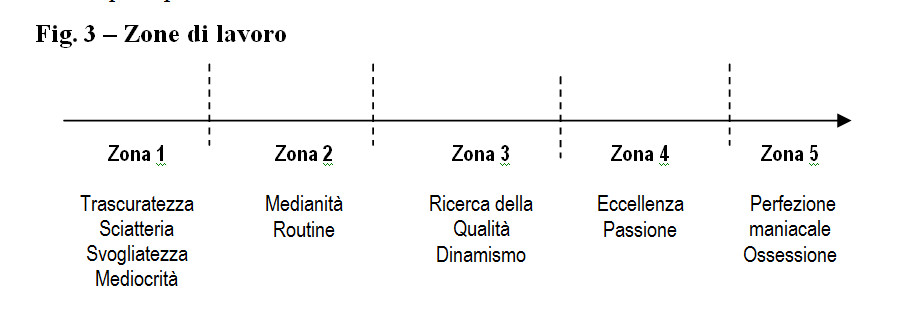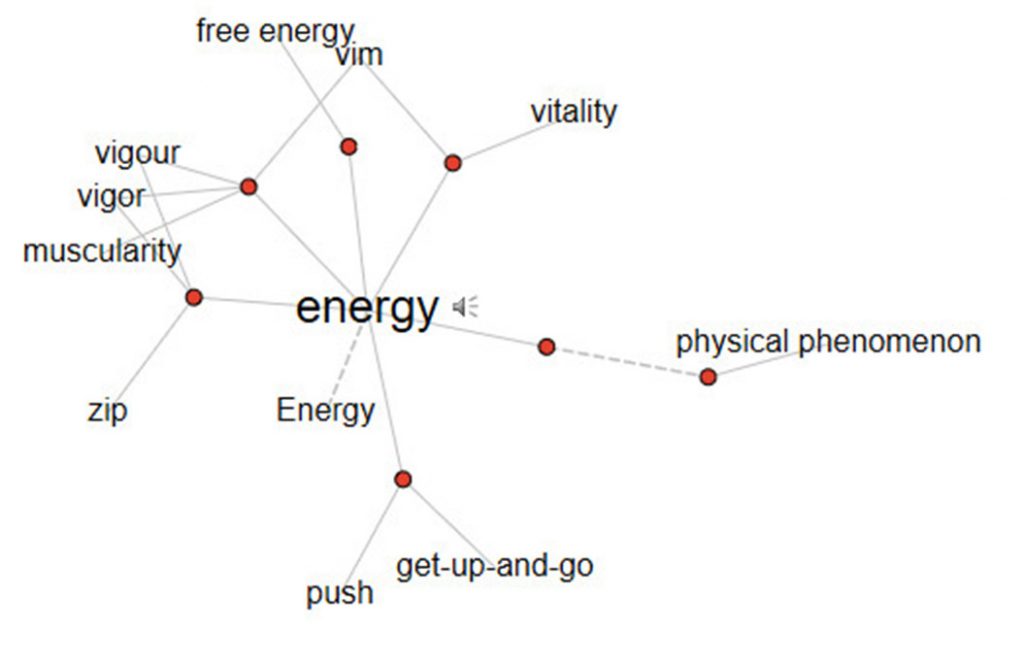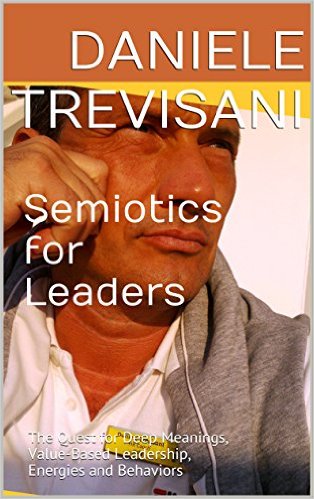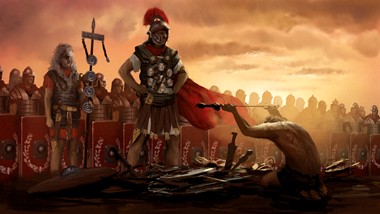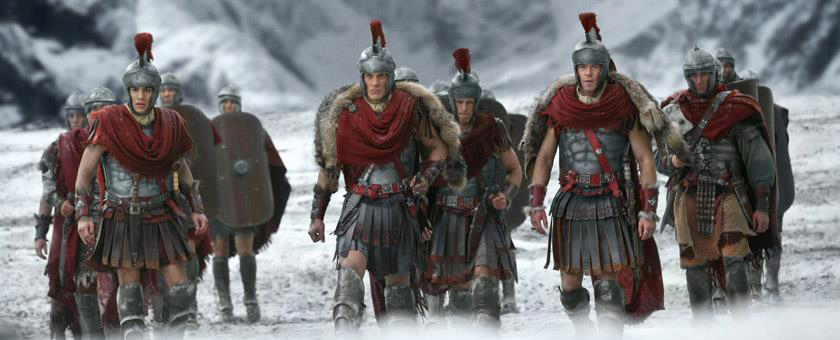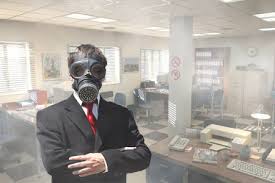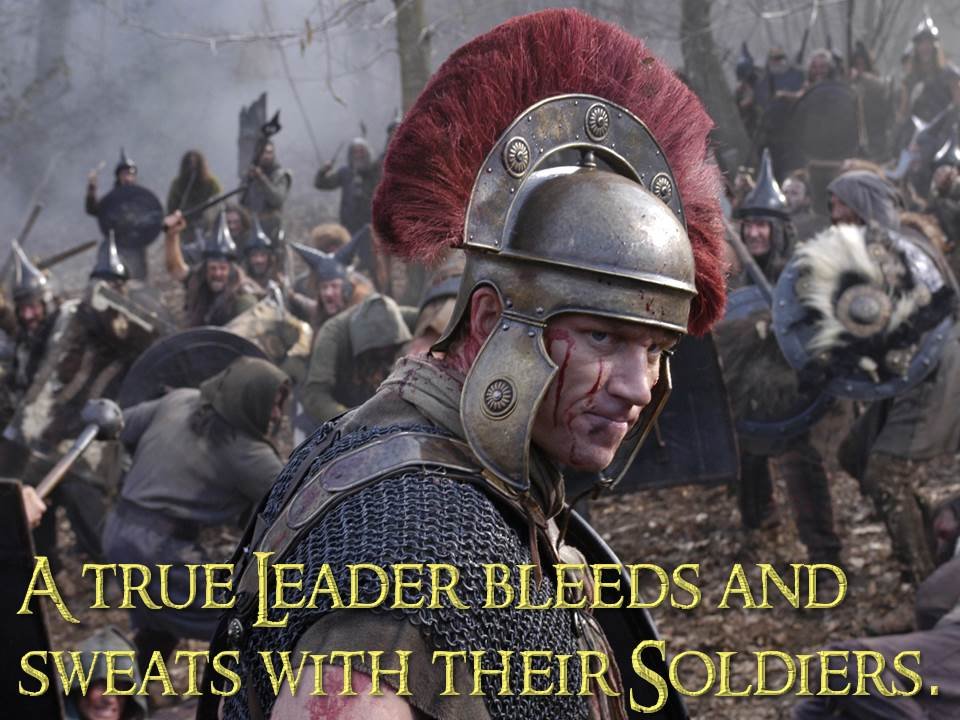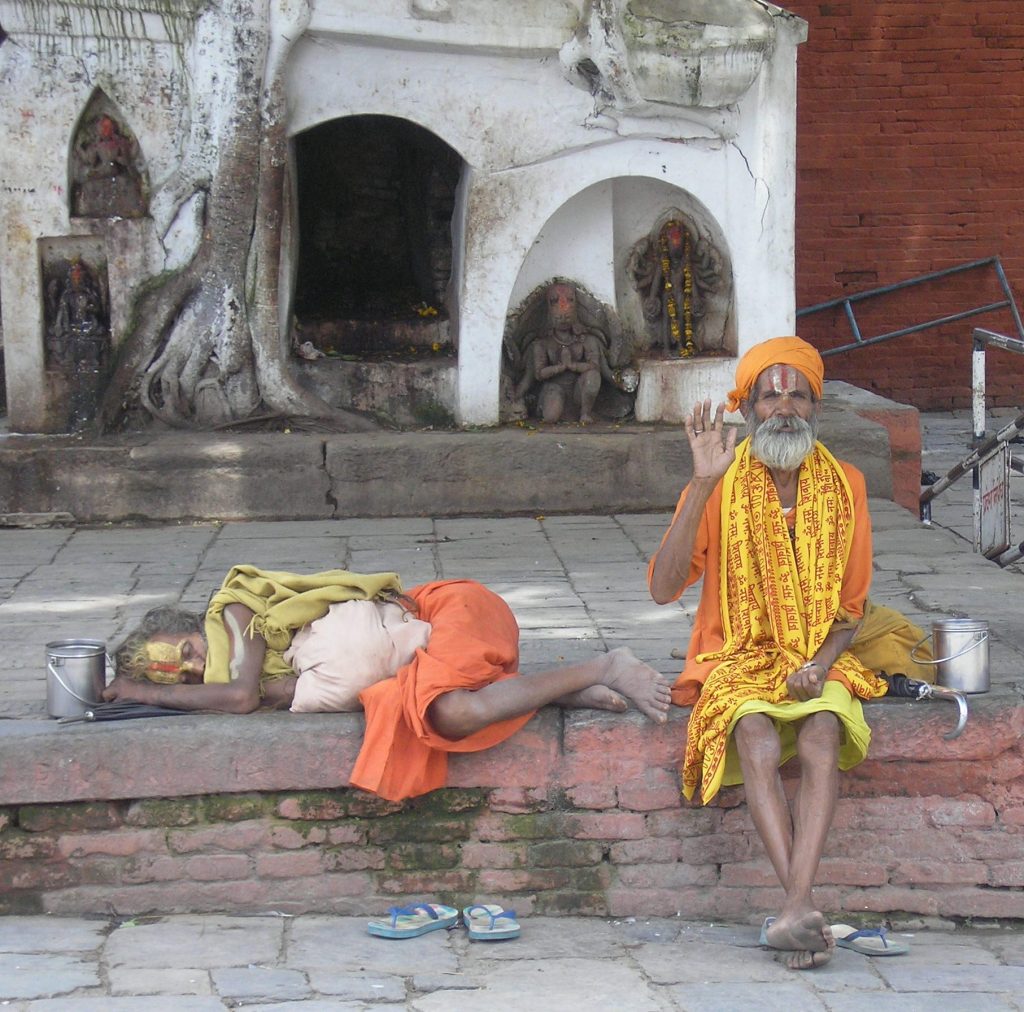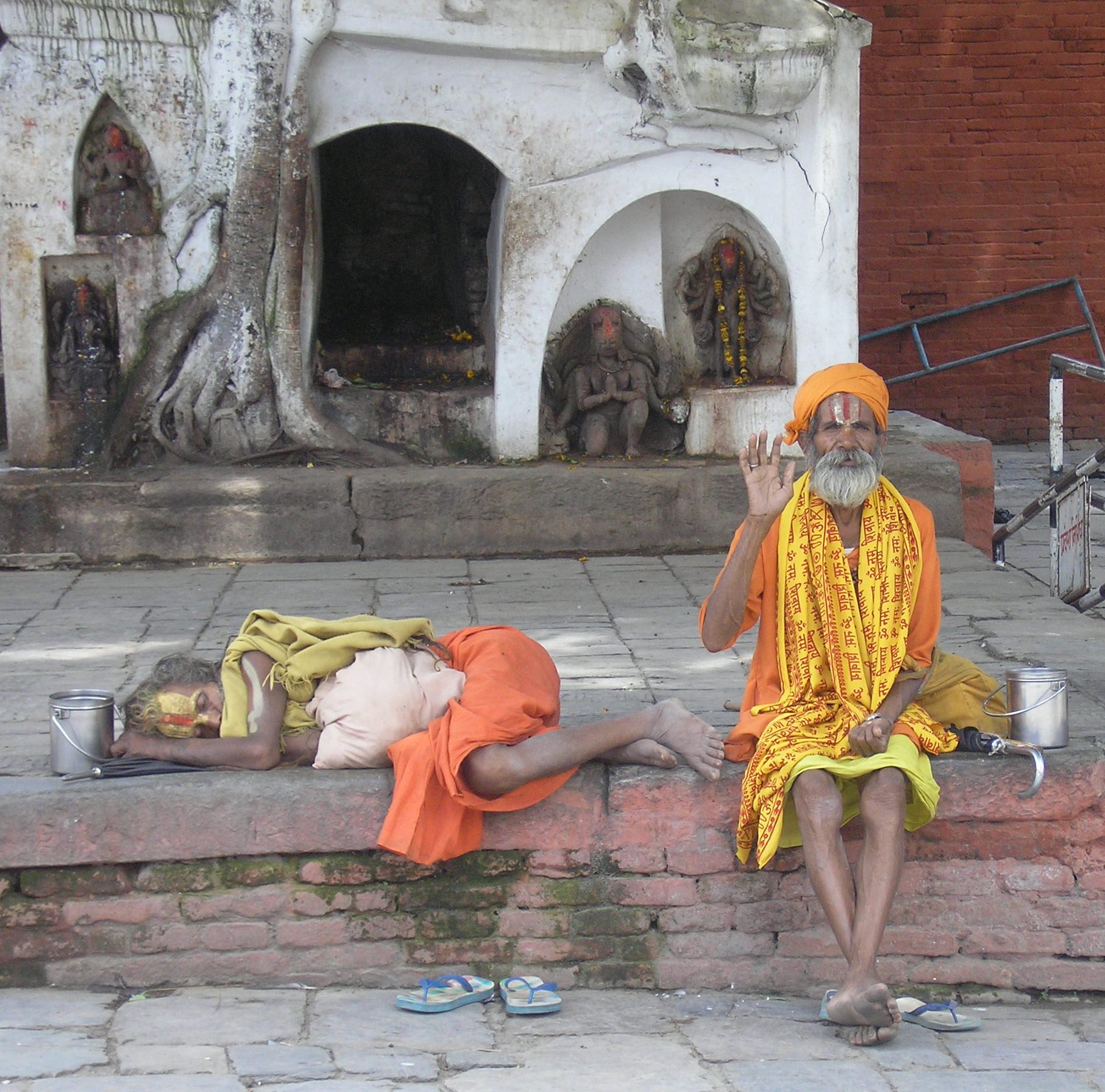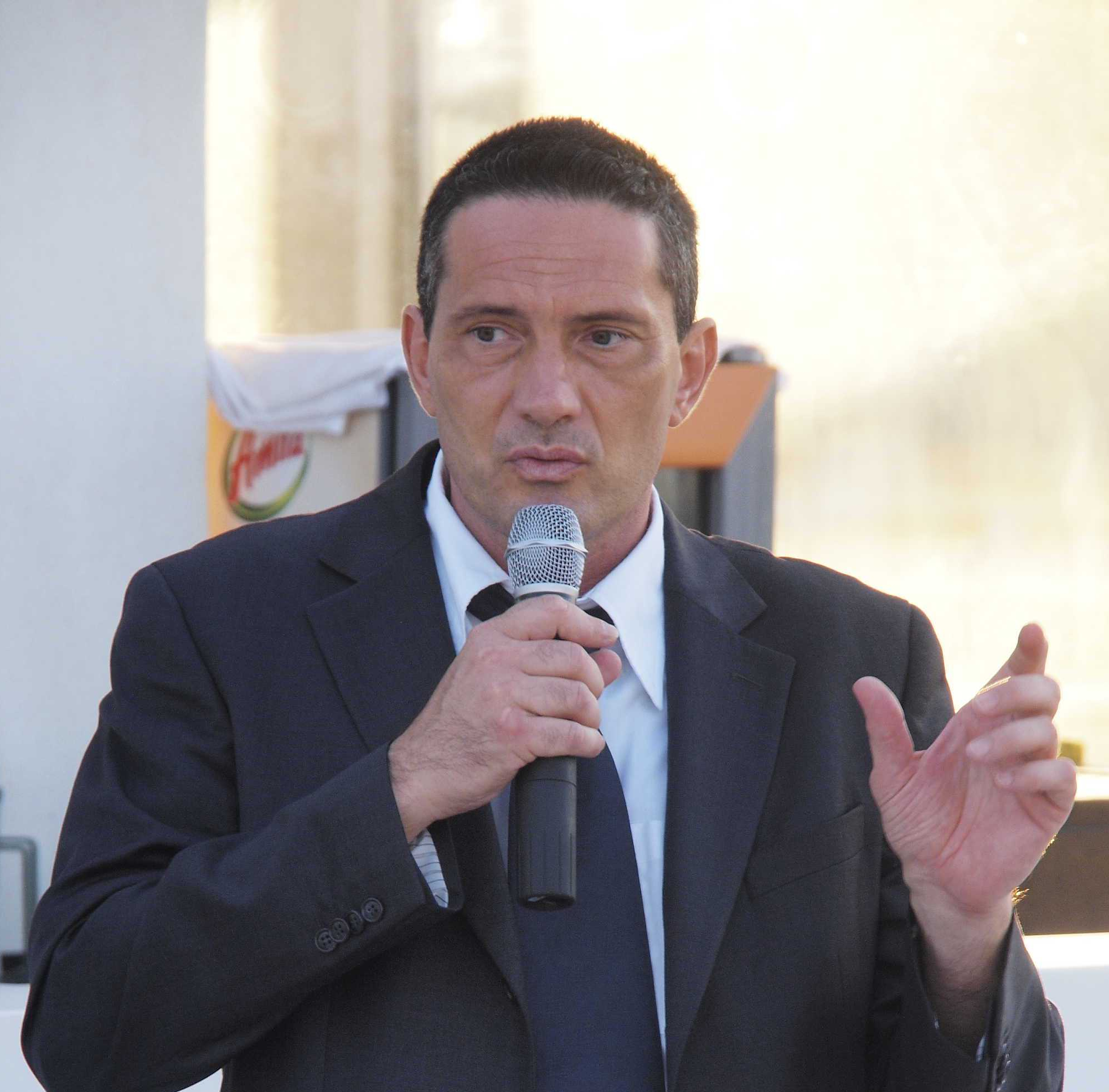Ok fantastico, è uscito il libro “Team Leadership e Comunicazione Operativa“, basato su 11 anni di esperienza nella Formazione di Forze Speciali e Imprese.
Se lo passate al direttore HR, o interessa a Voi, sarà ed è il più gettonato del 2017 in tutta l’area della Formazione e anche del Coaching, perchè di “assembramenti” di persone sono piene le aziende, ma di veri Team c’è bisogno come l’aria – Qui l’indice del volume che corrisponde al programma del corso http://www.francoangeli.it/Area_PDFDemo/100.856_demo.pdf
Ricordo inoltre di iscriversi alla rivista online per avere sempre le notizie, aggiornamenti e articoli non appena escono. Qui il link http://eepurl.com/b727Pv
Oltre al pdf, offriamo uno strumento pratico per la localizzazione di cosa fare, tratto dal cap.2. : le 5 Zone Operative di un Team e la localizzazione dei segnali deboli
Le 5 zone operative di un team e la localizzazione dei segnali deboli
Esercizi di localizzazione per Team Leader
Zona 1 – Esistono attività condotte nella zona di noia, mediocrità o apatia, nei nostri collaboratori principali o nel team?
–
–
–
–
Segnali e indicatori (inclusi segnali deboli) cui possiamo prestare attenzione per capire se e quando le persone o il team operano in questa zona
–
–
–
–
Commenti e possibili azioni concrete di miglioramento
–
–
–
–
Zona 2 – Quali sono alcune delle attività in cui possiamo accettare Medianità o Routine nei nostri collaboratori principali o nel team, senza che questa comprometta il lavoro del team stesso e la missione?
–
–
–
–
Segnali e indicatori (inclusi segnali deboli) cui possiamo prestare attenzione per capire se e quando le persone o il team operano in questa zona
–
–
–
–
Commenti e possibili azioni concrete di miglioramento
–
–
–
–
Zona 3 – Quali sono alcune delle attività in cui è indispensabile chiedere maggiore qualità e dinamismo nei nostri collaboratori principali o nel team?
–
–
–
–
Segnali e indicatori (inclusi segnali deboli) cui possiamo prestare attenzione per capire se e quando le persone o il team operano in questa zona
–
–
–
–
Commenti e possibili azioni concrete di miglioramento
–
–
–
–
Zona 4 – Quali sono alcune delle attività in cui è indispensabile chiedere l’Eccellenza Operativa, l’attenzione massima ai dettagli con contemporanea percezione dell’insieme?
–
–
–
–
Segnali e indicatori (inclusi segnali deboli) cui possiamo prestare attenzione per capire se e quando le persone o il team operano in questa zona
–
–
–
–
Commenti e possibili azioni concrete di miglioramento
–
–
–
–
Zona 5 – Quali sono alcune delle attività che rischia di avvicinarsi alla maniacalità non necessaria, o aree in cui viene profusa troppa energia e attenzione rispetto alla reale importanza del compito?
–
–
–
–
Segnali e indicatori (inclusi segnali deboli) cui possiamo prestare attenzione per capire se e quando le persone o il team operano in questa zona
–
–
–
–
Commenti e possibili azioni concrete di miglioramento
–
–
–
–
Materiale copyright, utilizzabile solo con citazione della fonte: Trevisani, Daniele (2016). Team leadership e comunicazione operativa. Principi e pratiche per il miglioramento continuo individuale e di team. Milano, Franco Angeli editore


